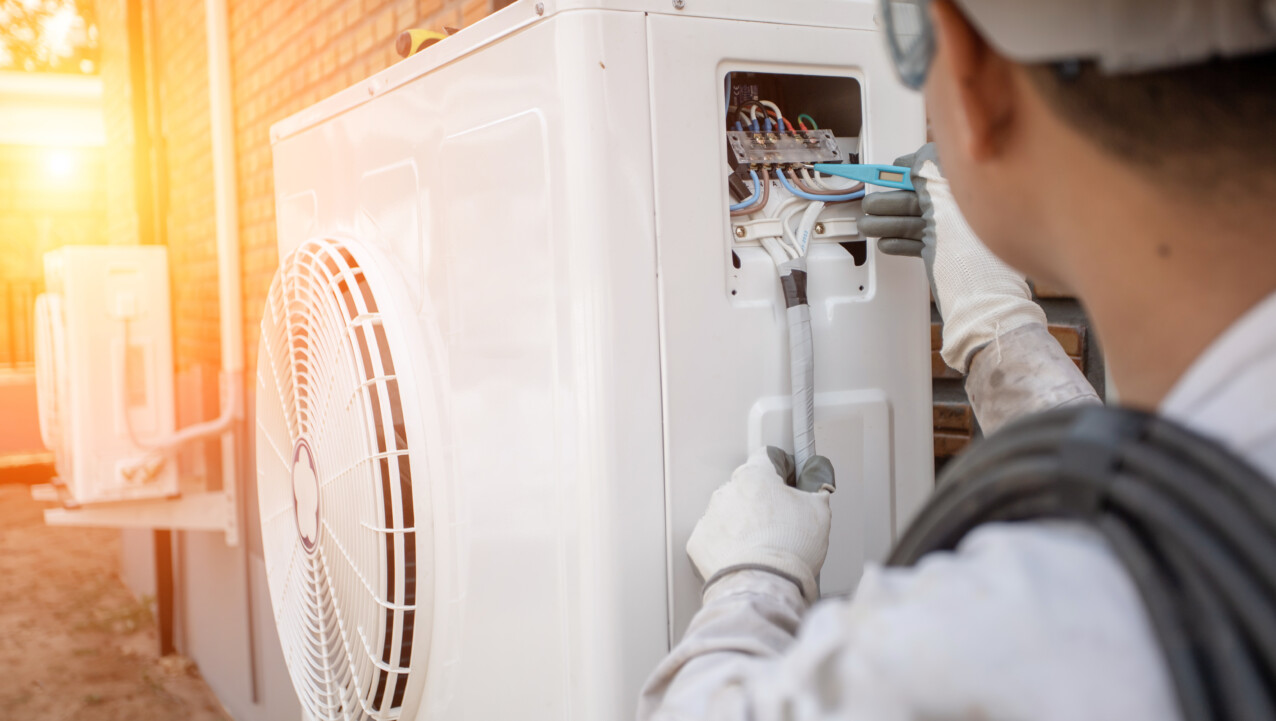June 11, 2024
To the average Coloradan, what matters most about energy policy is receiving reliable, affordable heat and power – and via resources that don’t continue to pollute the air we breathe. Achieving this is not easy, but advocates in Colorado have worked to ensure a cleaner, healthier future for all. While many states regulate greenhouse gas emissions from the power sector, Colorado was the first in the nation to require gas utilities to define how they will meet ambitious goals for reduced greenhouse gas emissions, rather than leaving it up to chance. And now, in a landmark decision, the Colorado Public Utilities Commission approved a plan that puts Xcel Energy – the state’s largest utility – on a viable pathway to meet its 2030 carbon reduction goals.
Xcel’s Clean Heat Plan will scale up the technologies that we need for our clean energy transition. It also prevents the utility from using technologies to meet Colorado’s requirements for reducing greenhouse gas emissions that are unproven and expensive.
And it’s a testament to the months of hard work WRA and other organizations have spent to show state regulators and utility leaders that the transition to clean energy is not only feasible but can be cost-effective. The approved Clean Heat Plan will help prevent Coloradans from experiencing sticker shock when the price of methane gas spikes due to forces beyond our control, and our energy bills double or triple in cost, as happened in the winter of 2022-2023.
Colorado’s Clean Heat Law and Requirements
More than 70% of Coloradans use methane gas as their main heating fuel in the winter, and for water heating year-round. Colorado’s clean heat law – passed in 2021 – helps tackle greenhouse gas emissions from burning gas in residential and commercial buildings. It requires investor-owned gas utilities in the state to reduce emissions from the gas they sell
Colorado’s science-based carbon emissions reduction goals are ambitious, and the steady growth in gas sales by Colorado’s utilities has made them even more so. Since 2015, Xcel’s retail gas sales and resulting greenhouse gas emissions have grown about 10%. Meeting the 2030 emissions target not only requires Xcel to reverse course, but also reduce emissions by about 30% from today’s levels — in just six years.
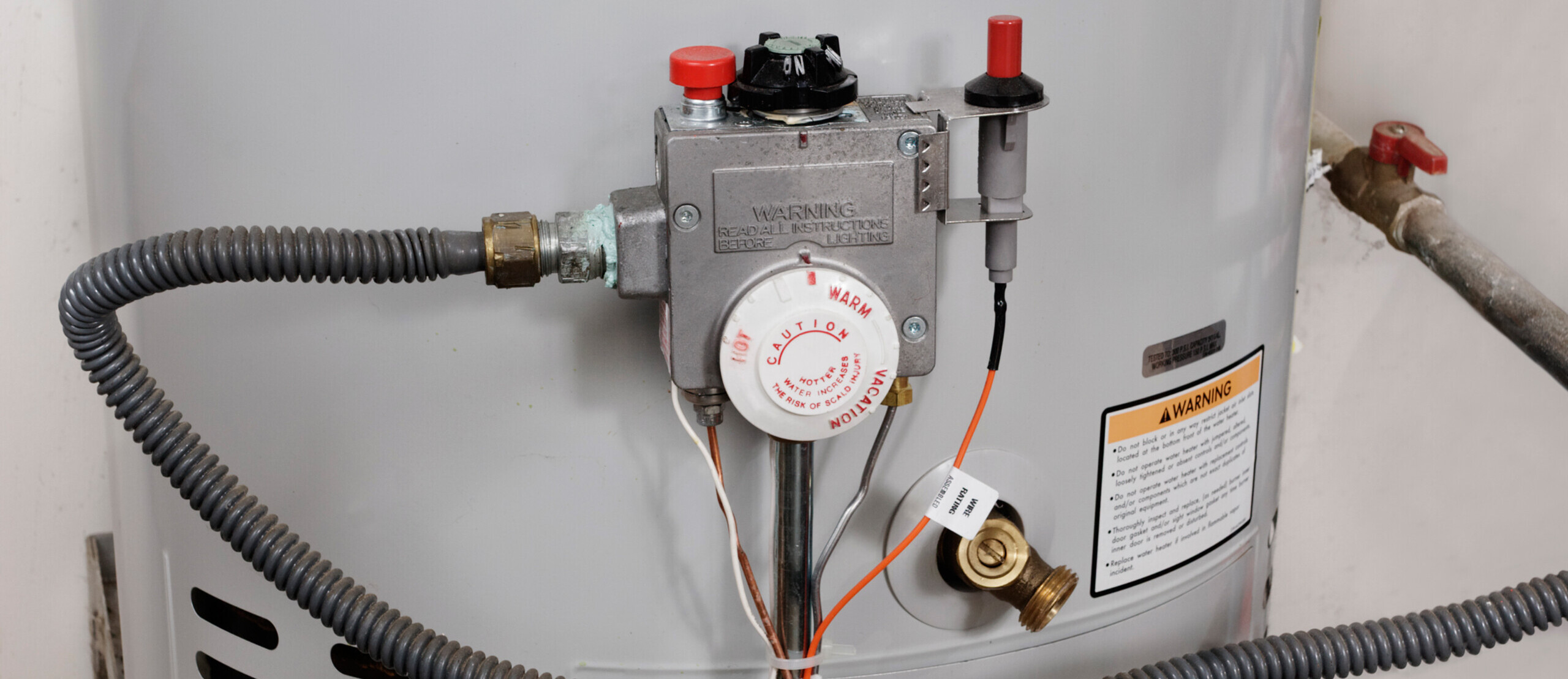
There are a few ways the clean heat law says that gas utilities can reduce emissions:
- Beneficial electrification: converting space- and water-heating appliances from gas to electric heat pumps.
- Energy efficiency: reducing the amount of gas demanded for space and water heating, by adding more insulation or installing more efficient windows.
- Recovered methane: recovering methane from existing sources like landfills, wastewater treatment plants, and dairy operations. According to the law, the utility must source recovered methane from within Colorado.
- Green hydrogen: hydrogen made by using renewable electricity for electrolysis and blended into the gas distribution system.
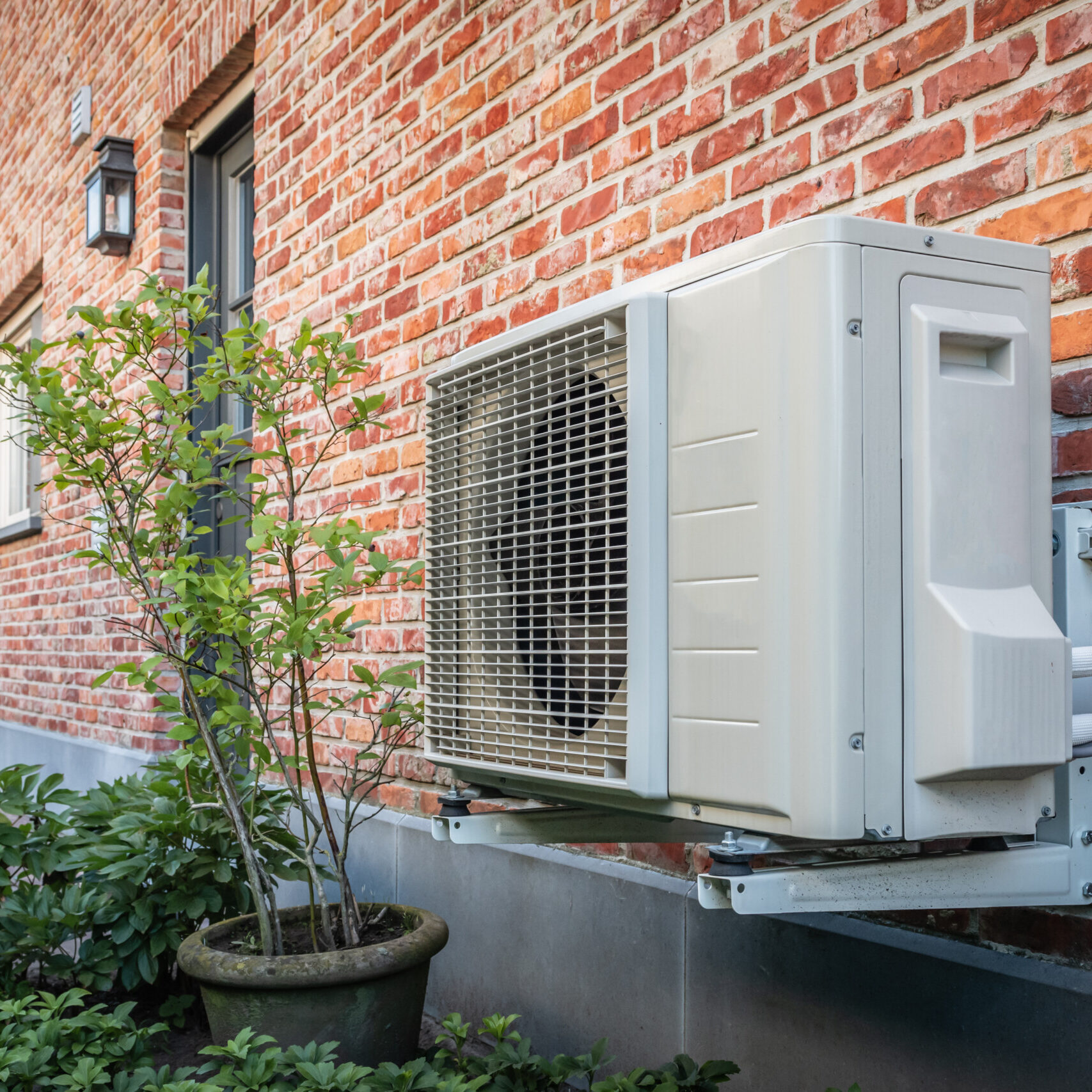
The law is technology neutral, meaning it is agnostic about the measures the utilities use to meet their greenhouse gas reduction targets. However, the law does limit the use of recovered methane to no more than 5% of the 22% emissions reduction obligation, and to make sure that the plans are in ratepayers’ interest. Plans must maximize the use of clean heat resources and result in a reasonable cost to customers.

Xcel’s Clean Heat Plan and Commission’s Modifications
Xcel was the first utility to file its inaugural Clean Heat Plan in August 2023. The company initially proposed a plan with the four main resources that the law allows utilities to use to meet the target: energy efficiency, electrification, recovered methane (typically called renewable natural gas), and green hydrogen. The proposed plan also added additional resources that are not allowed by the law, namely certified gas and carbon offsets — neither of which reduces emissions from burning gas in buildings. About a third of the emissions reductions in the plan came from these two non-clean heat sources.
In May 2024, the Public Utilities Commission approved a plan that is a significant win for the climate and for affordable energy in Colorado. The Commission expects Xcel’s plan to avoid up to 725,000 tons of greenhouse gas emissions annually.
The Commission authorized Xcel to spend up to $440 million on clean heat resources through 2027, jump starting Colorado’s transition to clean, electric space- and water-heating. This approved budget is more than three times larger than the federal Inflation Reduction Act’s Home Energy Rebate program that allocates $140 million for energy efficiency and electrification to Colorado. Twenty percent of the funds from Xcel Energy’s Clean Heat Plan will be allocated to rebates for low-income households .
The difference between the proposed and approved plans is that the Commission ordered the bulk of the approved budget to be focused on rebates to homes and businesses to improve building efficiency, replace older, inefficient gas appliances with electric ones, and incentivize new homes to be efficient and all-electric. Electrification and efficiency can scale to meet our climate challenge, save Coloradans money on heating, and shield ratepayers from big swings in gas prices. Modeling conducted by WRA and Physicians for Sustainable Energy also indicated that the electrification and efficiency measures in the plan could generate tens of millions of dollars in health benefits, through fewer heart attacks, fewer emergency room visits, and reduced mortality rates.
A very small portion of Xcel’s budget – a maximum of $10 million – will be allocated to recovered methane. The Commission did not approve any budget for hydrogen, noting significant unaccounted-for costs and uncertainties associated with the fuel at this time. The Commission also rejected the company’s request to recover costs for certified gas, agreeing with WRA and others’ testimony regarding the emissions accounting issues with this resource.

WHY INVEST IN RENEWABLE RESOURCES
Electrification and efficiency are both more cost-effective and more scalable than recovered methane and hydrogen.
A 2023 WRA research report conducted by Synapse Energy Economics found that with current federal incentives, the net present cost to utility ratepayers over 15 years of reducing greenhouse gas emissions using hydrogen in 2025 will be $174 to $260 per ton. The cost of reducing emissions using recovered methane will be even higher, at $244 to $286 per ton. In comparison, Xcel’s current rebates for cold-climate air source heat pumps reduce emissions at a cost to ratepayers of $45 per ton.
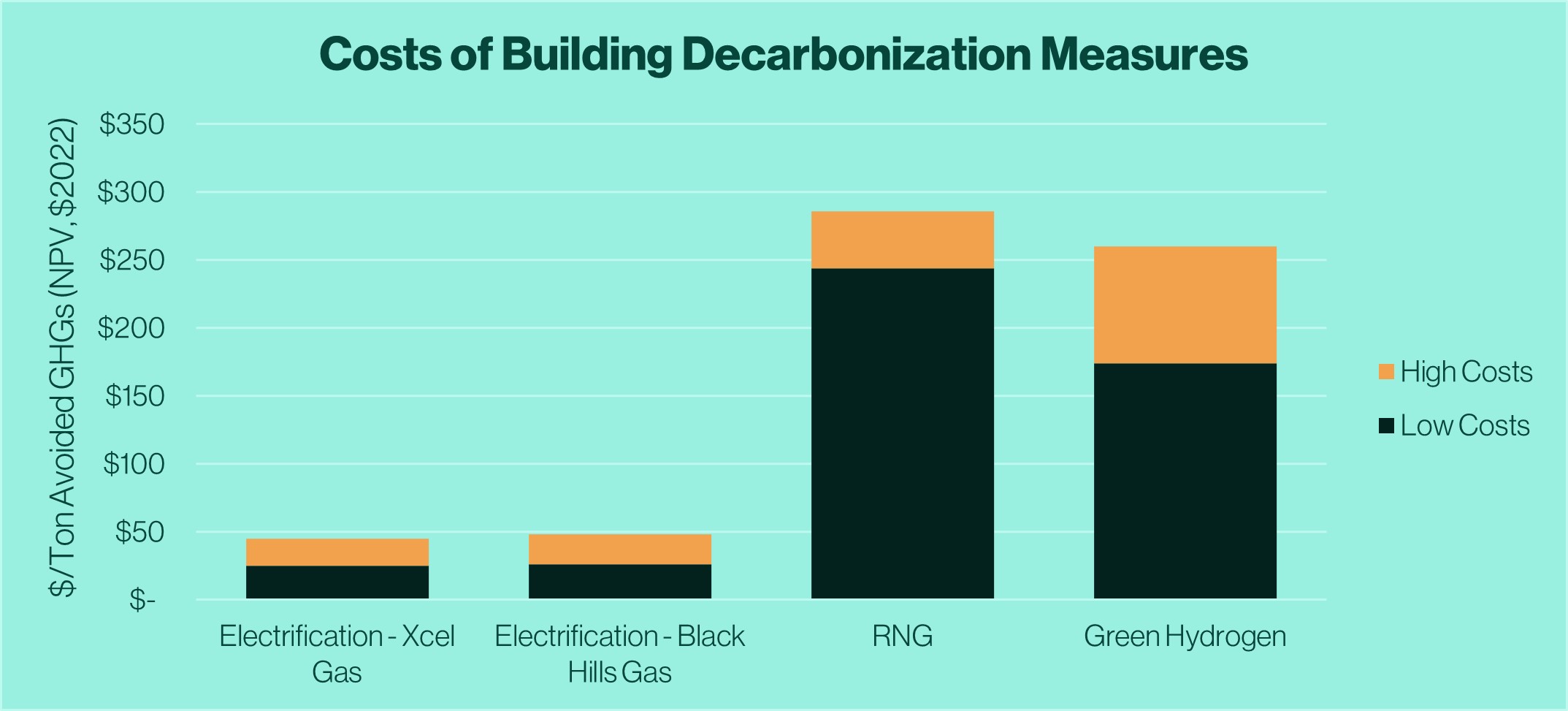
Additionally, electrification and efficiency are more scalable than recovered methane and hydrogen. A market study by the Colorado Energy Office finds that, at most, recovered methane could replace 5% of today’s statewide gas consumption. There’s also no guarantee that the recovered methane will be available at a cost-effective price point to Colorado’s gas utilities, which will need to compete with out-of-state demand for the limited supply of available fuel. Most of the recovered methane produced in Colorado today is sold into California’s low-carbon fuel standard market.
Meanwhile, it’s challenging to blend hydrogen into distribution pipes serving residential and commercial customers. Studies show that the maximum blend those pipes can accommodate is between 5% and 20% by volume, before running an unacceptable risk of explosions or leaks. Higher volumes can also require significant, expensive retrofits to pipelines and appliances. And while a 20% blend by volume may seem meaningful, hydrogen has a much lower energy content per unit volume than methane gas. A 5% to 20% maximum blend by volume represents a blend of only 1.5% to 7% by energy, limiting hydrogen’s potential to reduce greenhouse gas emissions from the gas distribution system.

This is gas that has been certified, usually by an unregulated third party, to reduce methane leaks upstream during production and transportation in pipelines. There are no standardized criteria for meeting a “certified gas” standard. Fundamentally, certified gas is still fossil gas – when combusted in a furnace or stove, it has the same emissions of carbon dioxide and other pollutants as conventional gas. This is why certified gas isn’t included in the clean heat standard – it doesn’t reduce emissions from consumer appliances in buildings.
As the Sightline Institute puts it: “At best, [certified gas] is to regular gas as low-tar cigarettes are to regular smokes: marginally less dangerous but no one’s idea of a healthy choice for the long term.”
A coalition of environmental, renewable energy, and consumer-focused intervenors filed a motion last fall requesting the Commission to order Xcel to remove certified gas and offsets from its application, since they aren’t eligible resources according to the law. This prompted Xcel to remove them from its compliance portfolio and its associated budget. However, Xcel still requested cost recovery to sell certified gas to customers in its clean heat application.
After certified gas was removed, the rest of Xcel’s proposed portfolio remained the same. The company would now obtain 73% of its reductions from electrification and efficiency, and 27% from recovered methane and hydrogen, between 2024 and 2028.
This portfolio was still heavily reliant on expensive and risky fuels like hydrogen and recovered methane, at the expense of measures like electrification that are more cost effective and can be deployed at greater scale. The company justified this decision using modeling assumptions that were systematically biased against electrification and toward clean fuels. Xcel’s proposed preferred plan also did not place the company on a trajectory to meet the 2030 clean heat target.

NEXT STEPS TO MEET COLORADO’S CARBON REDUCTION GOALS
Electrification and efficiency use technologies that are available, market-ready, and cost-competitive with the right incentives. Modeling – including Xcel’s – shows that electrification will be the workhorse for reducing emissions from gas distribution to buildings to net-zero by mid-century.
As part of its Clean Heat Plan, Xcel presented a long-term “Clean Molecules” scenario showing that even with optimistic assumptions about the availability and scalability of alternative fuels, electrification still contributes about 80% of the emissions reductions required to achieve a net-zero system.
While the technologies are available today, the market for heat pump technologies is still emerging in Colorado. Xcel has seen success ramping up its heat pump incentive program since 2021 – in 2023, they deployed incentives for almost 3,000 heat pumps. Both Xcel’s and WRA’s modeling, summarized in our A Path to Pollution-Free Buildings report, found that between now and 2030, the company needs to deploy at least 350,000 to 400,000 heat pumps across its service territory to meet the 2030 clean heat target. Deployment of this scale will require Colorado to transform its HVAC market to prioritize efficient electric appliances alongside weatherization.
Xcel and other utilities have a few tools in their toolbox to help drive the transition to heat pumps. Utilities typically use rebates to promote efficient appliances. Rebates help defray the upfront cost to the customer of buying an efficient appliance that saves money in the long run, versus an inefficient appliance that may cost more money to operate but has a lower upfront price tag. In our report, A Path to Pollution-Free Buildings, we recommended investing $125 million in efficiency and electrification incentives annually by 2030.
At the same time, rebates alone won’t be sufficient to drive a market transformation at the speed or scale that we need. Xcel needs to develop a workforce of contractors who can recommend and install these heat pumps. Maine, a cold-climate state, can serve as a model. In the past four years, Maine has achieved annual sales growth of 50-100%, every year – exactly the growth that Xcel needs to achieve over the next few years to successfully meet its targets. There are Maine structured its programs to be easy for contractors to access and provided incentives for contractors to sell as many heat pumps as possible to customers.
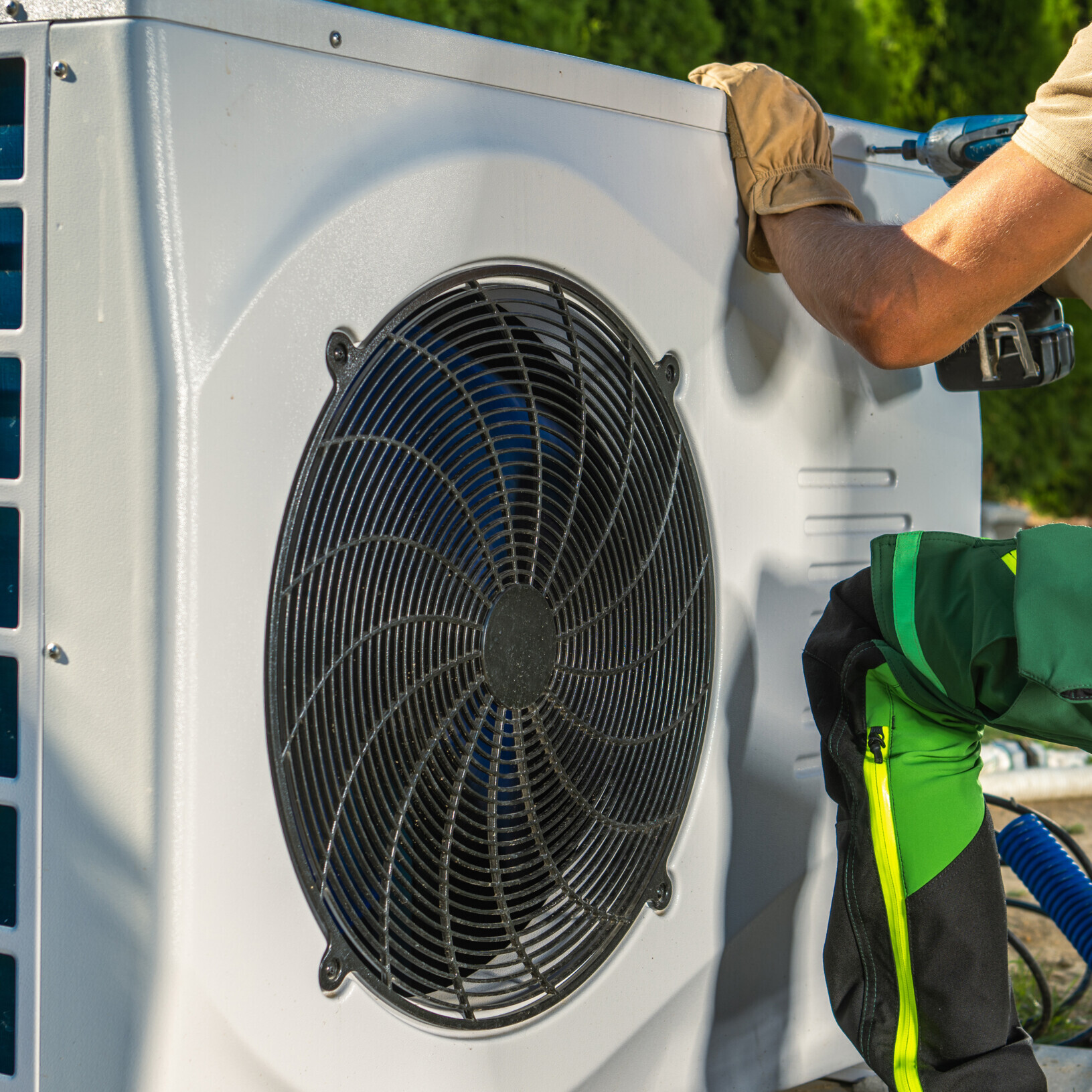

Additionally, WRA and others recommended that Xcel customers are given the ability to finance heat pumps and other improvements through their utility bills. With on-bill financing, customers could fully finance efficiency and electrification improvements and pay the installed cost of these measures back through the utility bill savings that these measures generate. That eliminates the upfront cost and greatly reduces the risk to the customer.
The Public Utilities Commission agreed with these recommendations. The Commission said that it supports a plan by Xcel to file an application for a tariffed on-bill financing program no later than November of this year. It also adopted multiple recommendations on program design, including prioritizing AC replacements with heat pumps, making appliance incentives available at the time and place of retail purchases, and directly incentivizing contractors to install heat pumps and efficiency measures.
The Clean Heat Plan decision approves overall budgets and emissions targets for these clean heat resources. The next step is to determine how Xcel will deploy the funding that the Commission has approved to help Colorado ratepayers access clean heat technologies affordably.
After the Commission issues its written decision, Xcel will propose to the Commission the specific rebate levels that it plans to offer for heat pumps, heat pump water heaters, and efficiency measures, and will provide more detail on how it will deploy those programs. This process will take about 90 days, and stakeholders will have the opportunity to weigh in. At the conclusion of this process, ratepayers will know more about the assistance that will be available to purchase efficient electric appliances.
